As a result of the digital transition, companies must now manage an increasingly complex IT environment. To deal with this global increase in IT assets, the use of a CMDB becomes essential. But what is the definition of a CMDB and how does it work? What benefits can it bring to your organization? You will find some answers in this article.
What is a CMDB?
A CMDB (Configuration Management Database) is a repository that lists all the IT assets of a company.

To understand what a CMDB looks like, you have to imagine a large virtual catalog in which a company lists all its IT-related assets: software (from the OS to the business application), hardware (computers, printers, servers, racks, networks…), and even additional equipment (UPS, power sources…) without forgetting the documentation (contracts, licenses…). All this information comes from various sources, and, without the help of a CMDB, it would be difficult for the IT department to have a precise (and global) overview of all the IT assets held by the organization.
How does a CMDB work?
As mentioned above, the role of a CMDB does not only consist of a simple nomenclature.
 Indeed, it can (and should) also be used to map the various dependencies between the various elements involved. This way, if the status of one of the assets is modified (failure, update, replacement…), it is immediately possible to measure the impacts that this change has on the other components, and by extension the users.
Indeed, it can (and should) also be used to map the various dependencies between the various elements involved. This way, if the status of one of the assets is modified (failure, update, replacement…), it is immediately possible to measure the impacts that this change has on the other components, and by extension the users.
In practical terms, a CMDB is sometimes populated using dedicated forms that are filled out by the various departments or the IT department each time an asset is added to the IT register. In the digital age of ever-increasing subscriptions and the outsourcing of infrastructures all around the world, this centralization capability is becoming even more crucial.
Automation is also key to keep up with the constant evolution of IT assets. Whether they are on site or in the Cloud, all assets can be tracked thanks to the dynamic inventory of a CMDB.
Combodo’s iTop solution allows you to visualize the chain of elements in the impact analysis diagram. Thanks to the different dependency relationships established between each asset in the database, it becomes possible to alert users, customers or businesses concerned of particular events.
For example, if the sales department’s CRM needs to undergo a major upgrade, the CMDB will help identify the staff affected by the outage and send them a notification to keep them informed. Likewise, if a server needs to be replaced, the CMDB can quickly determine the functional scope of the change and then notify users.
Benefits and limitations of a CMDB
Now that the basics are settled, let’s look at the main benefits that such a tool can have for your business, but also its potential limitations.
Many benefits…

- The CMDB is useful for identifying and centralizing all IT assets of a company. It gives IT managers better control over the entire infrastructure. In addition, such a consolidation of data greatly enhances its reliability, minimizing the risk of loss and duplication.
- With huge volumes of changing data from multiple sources, it is often complicated to keep track of IT assets. A CMDB solves this problem thanks to connectors that automatically retrieve information. Thus, the slightest change can easily be recorded in the database. IT managers can therefore easily identify errors or inappropriate changes, even after long time frames.
- The use of a CMDB increases the agility of a company at the global level. Since the inventory is flexible, it is possible for a company to maintain complete visibility over its IT assets, but above all to be more reactive to various changes, whether they are planned or unexpected. The running of the organization is thus much less impacted by those changes and offers employees a high adaptability.
- A CMDB is very useful for technicians, who can identify inconsistencies and vulnerabilities within the database, but more importantly, trace the root cause of the problem through dependencies. As a result, they can work on a predictive maintenance on a more regular basis, instead of just dealing with incidents.
- Moreover, the CMDB is a major foundation for defining IT services. Finally, it is a key component of the ITIL architecture, standardizing the set of best practices for efficient IT service management.
… But also a few points of vigilance
- A CMDB cannot stand alone. To ensure good data usage, it is necessary to have audit and reporting tools, as well as complete dashboards. Our iTop solution offers a CMDB interfaced with multiple data monitoring and BI applications, in order to maximize its efficiency for IT departments.
- The data contained in the CMDB must be regularly updated to maintain its relevance. Automation is not always possible, so technicians must regularly update the data to prevent it from becoming obsolete.
A CMDB is today – more than ever – an excellent basis for managing IT assets. But to take full advantage of it, and to give meaning to the wealth of its data, it is essential to associate it with complementary tools.
With this in mind, Combodo offers iTop, an open source ITSM and CMDB solution. At the heart of the system is a powerful CMDB, supported by various additional modules: service catalog management, customer portal, ticketing/helpdesk management and automatic impact analysis.
Contact our teams to talk about your project!

